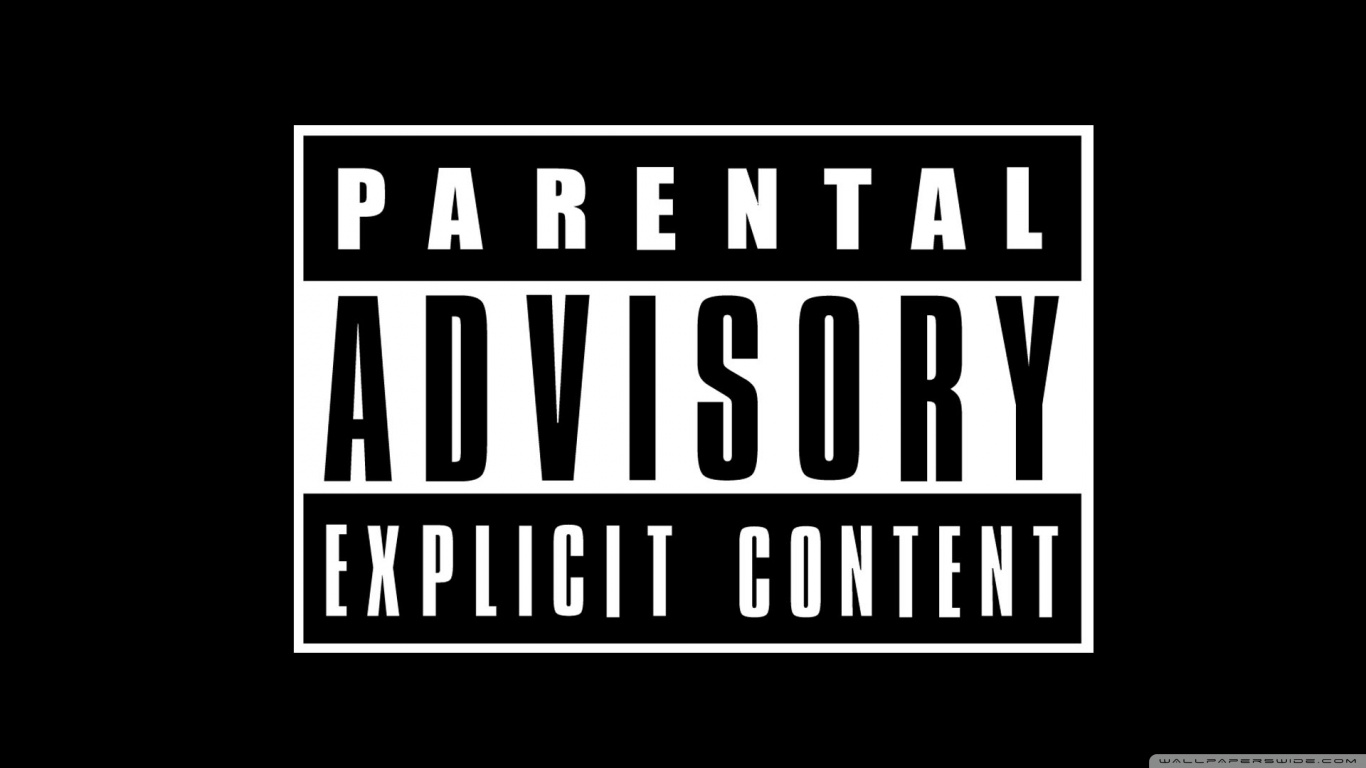
What is a microinverter solar? A microinverter is a small device attached to each solar panel that converts direct current (DC) into usable alternating current (AC) for homes and businesses. Unlike traditional string inverters, which manage multiple panels at once, microinverters optimize each panel individually, ensuring higher efficiency and better performance in shaded conditions.
Category
Business
What is a Microinverter for Solar Panels_
What is a Microinverter for Solar Panels?
A Complete Guide to Solar Efficiency
What is a microinverter solar? A microinverter is a small device attached to each
solar panel that converts direct current (DC) into usable alternating current (AC) for
homes and businesses. Unlike traditional string inverters, which manage multiple
panels at once, microinverters optimize each panel individually, ensuring higher
efficiency and better performance in shaded conditions.
How Do Microinverters Work? Unlocking the Power of
Solar Panels
A solar micro-inverter is a small device attached to each solar panel. Its primary
function is to convert direct current (DC) electricity generated by the panel into
alternating current (AC) electricity, which is used by household appliances.
Unlike string inverters that manage power conversion for multiple panels at
once, a micro inverter solar system allows each panel to function independently.
This means if one panel experiences shading, debris, or malfunction, the
rest of the system remains unaffected—ensuring maximum energy efficiency.
Microinverters vs. Power Optimizers: Which is the Better
Choice?
When comparing a micro inverter vs power optimizer, it's essential to
understand how both technologies work:
● Microinverters convert DC to AC power at the panel level, meaning each
panel operates independently.
● Power optimizers, on the other hand, condition DC power at the panel level
but still rely on a central string inverter for AC conversion.
Microinverter vs String Inverter vs Power Optimizer: Key
Differences
Choosing between a microinverter, power optimizer, or string inverter depends
on efficiency, shading performance, monitoring, scalability, and installation
complexity.
● Efficiency: Microinverters provide the highest efficiency, power
optimizers offer moderate efficiency, while string inverters have lower
efficiency in shaded areas.
● Shading Performance: Microinverters work best under
shading conditions, power optimizers handle shade well, but string
inverters struggle.
● Monitoring: Microinverters and power optimizers allow per-
panel monitoring, while string inverters only provide system-wide
tracking.
● Scalability: Microinverters are easy to expand, power optimizers
offer moderate flexibility, and string inverters are harder to scale.
● Installation Complexity: Microinverters have higher upfront
costs and complexity, power optimizers are mid-range, while
string inverters are the simplest and most affordable.
If you want maximum power output and long-term reliability, a solar
micro inverter system is the best investment.
Benefits of Using Micro inverters for Solar Panels
1. Higher Energy Production
Since microinverters for solar optimize individual panel output, they ensure solar
panels with micro inverters produce maximum energy, even when some panels are
shaded or dirty.
2. Enhanced Safety Features
Unlike string inverters that operate with high-voltage DC power, solar panels
micro inverters work with low-voltage AC, reducing fire risks and ensuring safer
installation.
3. Panel-Level Monitoring for Better Performance
With solar panel micro inverters, you can monitor each panel’s performance in
real-time, allowing for quick detection of underperforming panels.
4. Easy Expansion for Future Solar Needs
If you want to add more panels in the future, a micro inverter solar system is
easier to expand compared to a string inverter setup.
How to Wire Solar Panels with Microinverters? Step-by-Step
Guide
Wiring solar panels with inverters built in is straightforward. Here's how it works:
1. Attach a microinverter to each solar panel – Unlike string inverters, each panel
will have its own dedicated inverter.
2. Connect the microinverters in parallel – This allows independent operation of
each panel, enhancing system performance.
3. Link the inverters to the main AC wiring – The system feeds converted AC
electricity directly into your home or the grid.
If you’re looking for the best solar panels with micro inverters, ensure
compatibility with top brands for long-term efficiency.
Conclusion:
A solar micro inverter system provides higher efficiency, better safety, and easier
expansion compared to traditional string inverters. If you’re looking for solar
panels with built-in micro inverters that maximize energy output and system
reliability,Contact Solar SME today to explore the best solar panels with micro
inverters for your home or business!

Comments